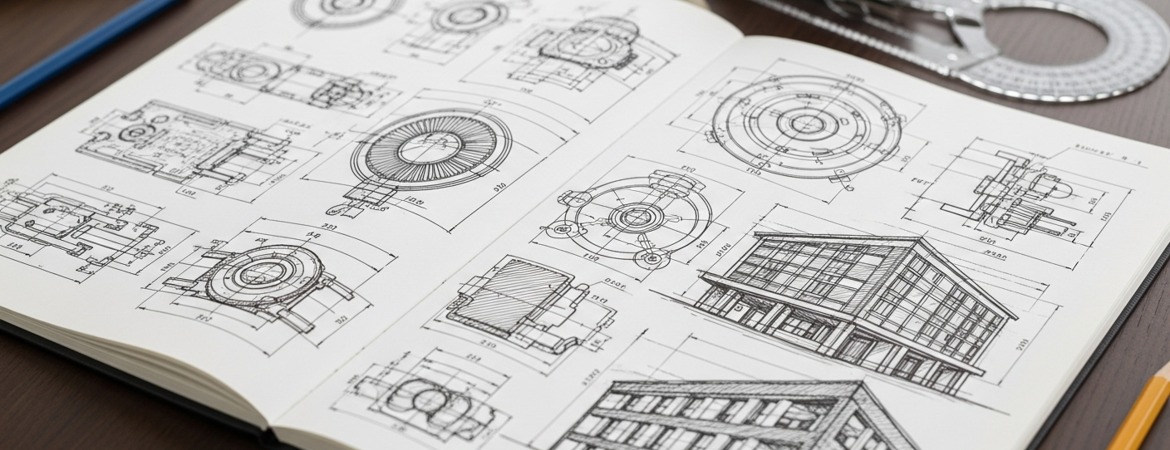- Home
- Post 16
- Post 16 Subjects
- Product Design 3D
Product Design 3D

Taught at Kenilworth School & Sixth Form
Exam Board: AQA
Assessment Method: 50% NEA and 50% in 2 exams
Why Should I Follow This Course?
The two-year linear course with AQA covers a broad variety of material areas and looks at the wider world of design. You will study past design styles and designers, look at user needs and environmental issues as well as innovative product design and manufacturing techniques. The NEA allows you to complete a design and make task in an area of your choosing, making this more hands on and personal to you.
What will I learn?
Year 1: You will learn a lot of the theory for the course and do a practice NEA which will increase your skills in design and CAD/CAM in preparation for year 2. You will have mini assessments on the theory topics and an end of year assessment. By the summer you will have started your main A level NEA, where you will use and display the skills you have acquired to a thorough, personal and well-developed NEA.
Year 2 : You continue to develop your NEA and create a final piece. This is worth 50% of the A level. Then cover the remaining theory topics and revision before the 2 exams in the summer term.
Where Will This Qualification Take Me?
Design and Technology opens up a lot of creative and technical career paths.
Product Designer
-
Designing new products, from concept to manufacturing.
-
Working in industries like consumer electronics, furniture, or household goods.
2. Industrial Designer
-
Focus on mass production and making products functional and appealing.
-
Often work closely with engineers and manufacturers.
3. Graphic Designer
-
Designing visual content for branding, advertising, packaging, and digital media.
4. Interior Designer
-
Planning and designing interior spaces for homes, offices, or public spaces.
5. Architectural Technologist
-
Combining design and technical skills to support architects in planning buildings.
6. Engineer
-
Mechanical, manufacturing, or materials engineering roles where design knowledge is valuable.
7. CAD Technician/Drafter
-
Creating detailed 2D or 3D technical drawings using CAD software.
8. Furniture Designer
-
Creating designs for functional and aesthetic furniture.
9. Jewellery Designer
-
Designing wearable art pieces combining creativity and craftsmanship.
10. Manufacturing Manager
-
Overseeing production processes, quality control, and product development.
11. UX/UI Designer
-
Designing user-friendly interfaces for apps, websites, and software.
Further study options that expand career opportunities:
-
Degree in Product Design or Industrial Design
-
Engineering degrees (Mechanical, Materials, Manufacturing)
-
Architecture or Interior Design
-
Graphic Design or Digital Media
-
Fashion or Textile Design
This is also a subject that can lead to apprenticeships and degree apprenticeships
-
Product Design and Development Engineer (Level 6)
-
Professional Engineering (Product Design), BEng (Hons)
-
Creative Digital Design Degree Apprenticeship
Or practical apprenticeships at L3+ in a whole manner of technical skills such as engineering and CAD.
Entry Requirements:
The course is suitable for students who have a minimum of a ‘5’ at GCSE in Design and Technology, Maths and English.

